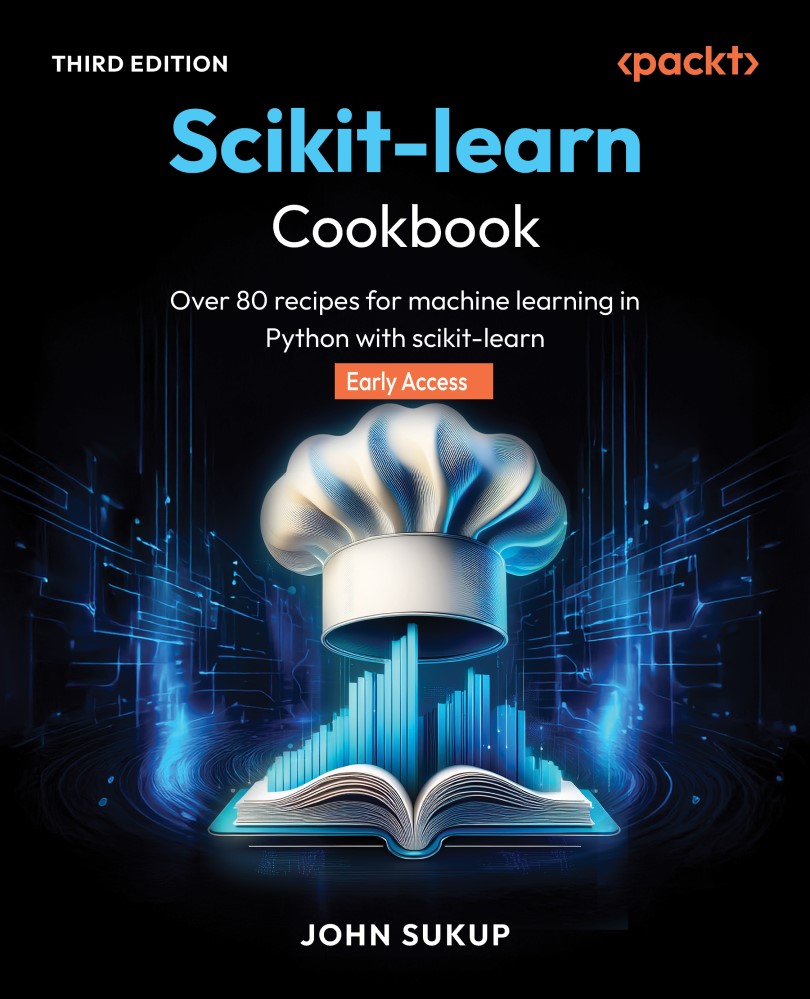Feature Extraction from Text
Feature extraction from text is central for enhancing the performance of text classification models by identifying meaningful patterns and attributes within textual data. Techniques such as n-grams, part-of-speech (POS) tagging, and named entity recognition (NER) provide structured insights into textual content, significantly improving model accuracy and interpretability. This recipe will teach you how to extract meaningful elements (or features) from a given corpus of text.
Getting ready
We'll load the essential libraries and prepare the dataset for feature extraction. Here we will use the Brown Corpus also built-in to the NLTK library. It contains 500 sources categories by genre.
Load the libraries:
import numpy as np from sklearn.feature_extraction.text import CountVectorizer from sklearn.model_selection import train_test_split import nltk from nltk.corpus import brown from nltk.util import ngrams as nltk_ngrams import matplotlib.pyplot as pltDownload...

































































